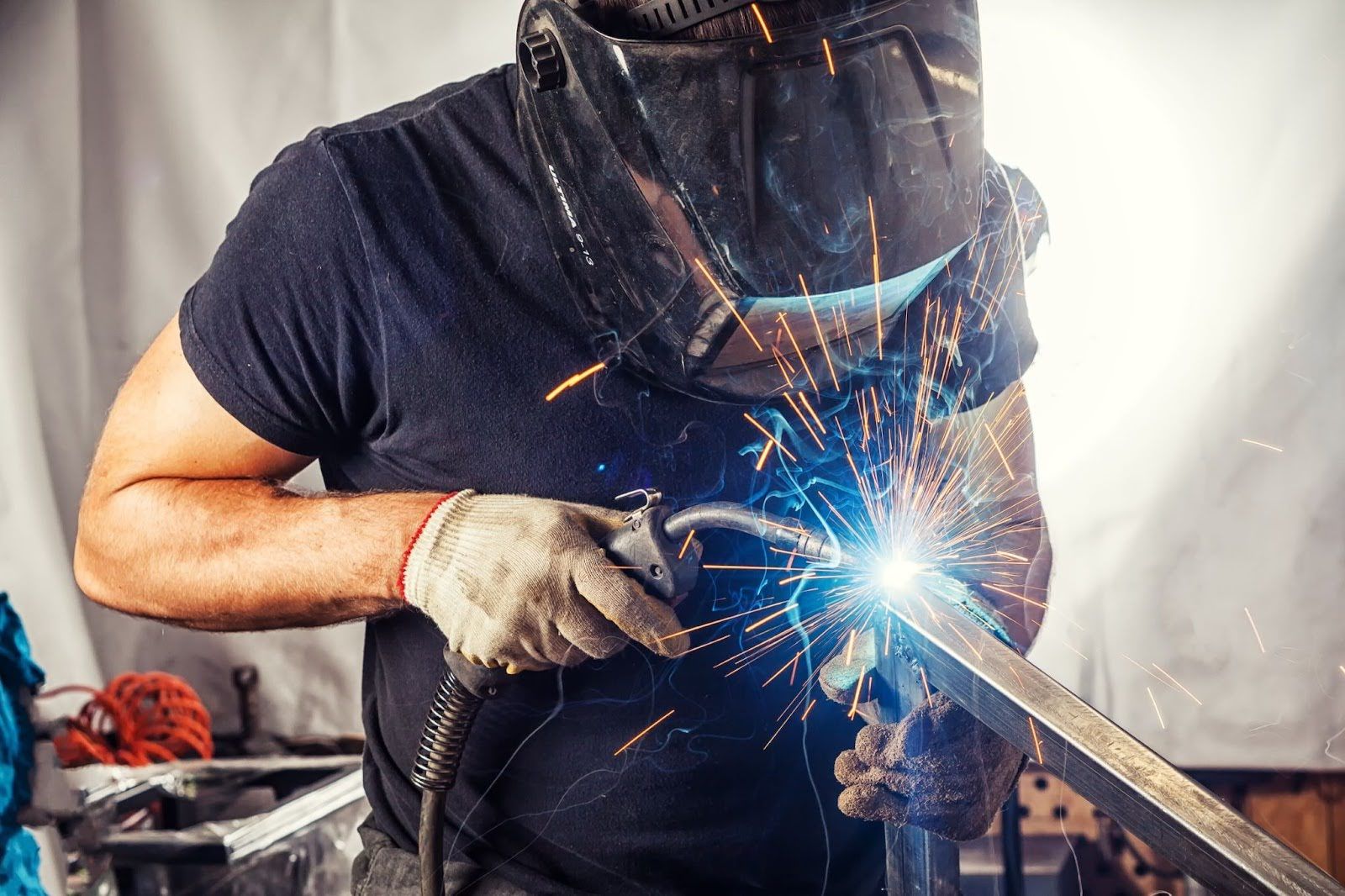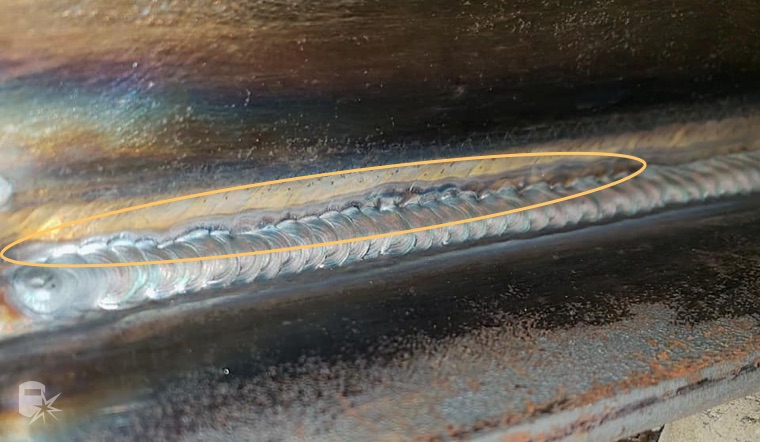How to Prevent Weld Undercut: Essential Tips for Welders
How to Prevent Weld Undercut: Essential Tips for Welders
Blog Article
Understanding the Art of Welding: How to Prevent Undercut Welding Issues for Flawless Manufacture Results
Efficiency and accuracy are vital on the planet of welding, where even the slightest flaw can jeopardize the architectural honesty of a made item. One usual difficulty that welders face is undercutting, a flaw that can lead and weaken a weld joint to costly rework. By comprehending the source of undercut welding and carrying out reliable techniques to avoid it, welders can raise their craft to brand-new degrees of excellence (Preventing weld undercut). In the search of flawless fabrication results, understanding the art of welding to prevent undercut problems is not just an ability yet a need for those pursuing excellence in their work.
Comprehending Undercut Welding

To prevent undercut welding, welders need to make certain appropriate welding parameters, such as readjusting the existing, voltage, traveling rate, and maintaining the appropriate electrode angle. Additionally, utilizing the ideal welding strategy for the specific joint configuration is important. Employing weaving movements or backstepping strategies can assist make sure appropriate weld steel deposition and minimize the likelihood of undercut formation. Regular assessment of welds during and after the welding procedure is likewise critical to catch any kind of undercut early and make necessary modifications to stop further issues. Preventing weld undercut. By understanding the sources of undercut welding and carrying out safety nets, welders can achieve top quality, structurally audio welds.
Root Causes Of Undercut in Welding
Understanding the elements that add to damage in welding is important for welders to produce high-quality, structurally audio welds. When the weld steel does not properly load the groove created between the base steel and the formerly deposited weld metal, undercutting occurs. A number of variables can bring about undercut in welding. One typical reason is too much warmth input. Welding at heats for prolonged periods can result in the base steel thawing more than desired, resulting in undercut. Insufficient welding current or incorrect welding rate can likewise add to undercut. Inadequate current may not supply enough warm to melt the base and filler steels adequately, while excessive speed can protect against correct blend, creating undercut. In addition, improper electrode angles or wrong torch control strategies can develop areas of reduced weld steel deposition, promoting undercut. Recognizing these causes and carrying out correct welding strategies can help prevent undercutting problems, ensuring long lasting and solid welds.
Methods to avoid Undercutting

To reduce the danger of damaging in welding, welders can employ critical welding methods targeted at enhancing the top quality and honesty of the weld joints. One efficient method is to change the welding parameters, such as voltage, current, and take a trip speed, to make sure appropriate warm input and deposition. Preserving an ideal electrode angle and guaranteeing consistent travel speed can additionally aid protect against undercut. Additionally, making use of the right welding strategy for the details joint setup, such as weave or stringer beads, can add visit to decreasing damaging. Preventing weld undercut.
In addition, proper joint preparation, including making certain tidy base materials free of contaminants and utilizing the appropriate welding consumables, is critical in preventing undercut issues. Utilizing back-step welding strategies and controlling the weld bead profile can also aid disperse heat uniformly and lessen the threat of undercut. Routine evaluation of the weld joint throughout and after welding, in addition to carrying out quality control actions, can help in spotting and resolving undercutting problems promptly. By executing these strategies carefully, welders can accomplish flawless manufacture results with very little undercut issues.
Importance of Correct Welding Criteria
Picking and preserving proper welding specifications is essential for accomplishing successful welds with marginal problems. Welding criteria refer to variables such as voltage, current, travel rate, electrode angle, and protecting gas circulation price that directly impact the welding process. These specifications should be carefully adjusted based on the type of product being welded, its thickness, and the welding technique utilized.
Correct welding specifications guarantee the correct amount of heat is used to melt the base metals and filler material uniformly. If the parameters are set expensive, it can bring about too much warmth input, triggering spatter, burn-through, or distortion. On the various other hand, if my sources the parameters are as well reduced, incomplete combination, lack of infiltration, or undercutting may occur.
Quality Assurance in Welding Operations

Verdict
In final thought, grasping the art of welding requires a complete understanding of undercut welding, its reasons, and techniques to stop it. By guaranteeing correct welding specifications and applying high quality assurance practices, perfect manufacture results can be accomplished. It is important for welders to constantly pursue quality in their welding procedures to stay clear of undercut issues and create high-quality welds.
Undercut welding, a typical issue in welding procedures, takes place when the weld metal doesn't effectively fill up the groove and leaves a groove or depression along the welded joint.To prevent undercut welding, welders ought to make certain correct welding criteria, such as adjusting the current, voltage, travel speed, and preserving the appropriate electrode angle. Insufficient welding incorrect or why not look here existing welding speed can likewise add to undercut.To mitigate the danger of damaging in welding, welders can employ calculated welding strategies intended at improving the top quality and integrity of the weld joints.In conclusion, grasping the art of welding needs a detailed understanding of undercut welding, its reasons, and methods to stop it.
Report this page